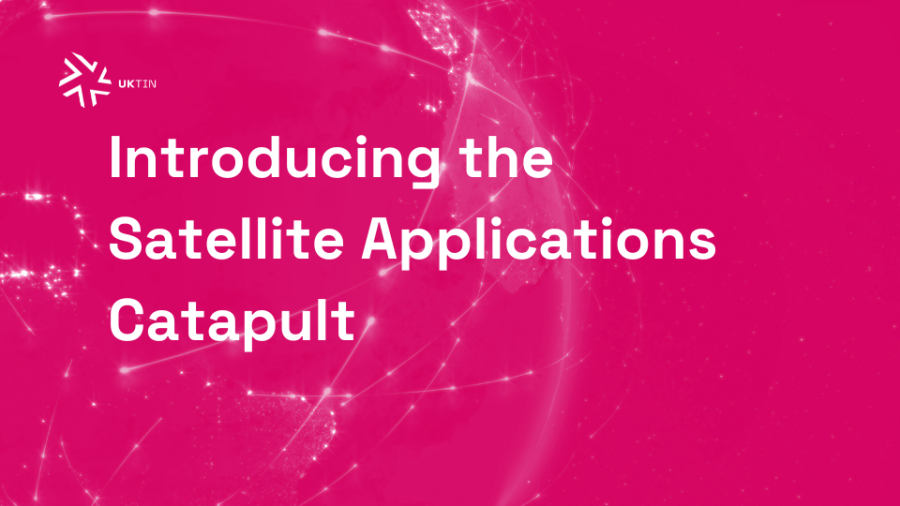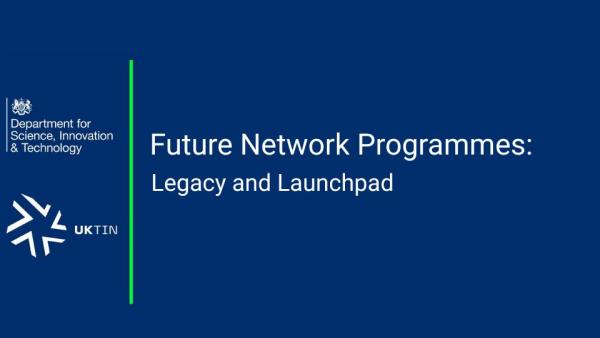
By connecting industry and academia, the Satellite Applications Catapult gets new research off the ground and into the market more quickly. UKTIN speaks to Paul Febvre, CTO to learn more.
- For readers who are new to NTN, please can you give us a quick summary?
It stands for Non-Terrestrial Network. It entails using any other network that supports mobile cellular networks to deliver services to customers, wherever they are. The most likely scenario is that it will be a network within a building of some description or a network for wide area coverage (for example, an aeroplane or ship). Increasingly, NTNs deliver services directly to a handheld device from satellites, which means that the user doesn’t have to worry about having a device with them.
2. Satellites are big news at the moment. What has changed?
To be a part of modern society, you need to be connected digitally. This has been exacerbated by our working environments post-COVID. People expect to communicate virtually. This has created an incessant demand and recognition that is driving data requirements.
To service this demand, though, you need more and more bandwidth. The cost of the infrastructure to deliver this is going up year on year. We’ve reached a point where there is no commercial business case that provides the connectivity that people are demanding. It just doesn’t make sense because of flat-rate pricing. The traditional operators simply haven’t got an answer.
When it comes to costs, there is both the capital cost of deploying the infrastructure and the cost of managing and maintaining this infrastructure. Both costs are going up, and there are two facets to the cost: one is the dollar cost, and the other is the carbon footprint, which is becoming increasingly important.
While satellites are relatively low-capacity compared to a mobile network, they do have an advantage in that they can cover large areas. They can be viewed as a means to dynamically allocate resources over a wider area. This is why they are being considered as a saving grace. The cost of deploying this infrastructure is also falling dramatically.
3. Please tell us about the work of the SA Catapult.
The Satellite Applications Catapult is a neutral convener. We support organisations that want to understand whether satellites can help their business. We provide information that can help businesses including farmers and construction companies understand what they need to do, covering topics such as the use of satellite data, for instance.
We also help organisations get access to the latest connectivity, integrating satellite connectivity into everyday businesses. In this way, we act as a support, ensuring that people can make the most out of the technology. Improving skills is a large part of this: for example, we might work with a region to make an investment case. Working on future concepts also helps to inform national regulations and policies for future space teams.
4. Is there anything else you’d like to add?
Some of the challenges - referring to healthcare or the future of transport systems, where satellites can play a role - are wicked. They require multiple disciplines and sectors to work together. If we are thinking about the future of autonomous electric vehicles, we need to bring in the energy sector, the telecoms sector and the automotive sector. It’s not something that one particular industry can solve. If we want to see transformation and change, we need to create conditions that bring everybody together.









